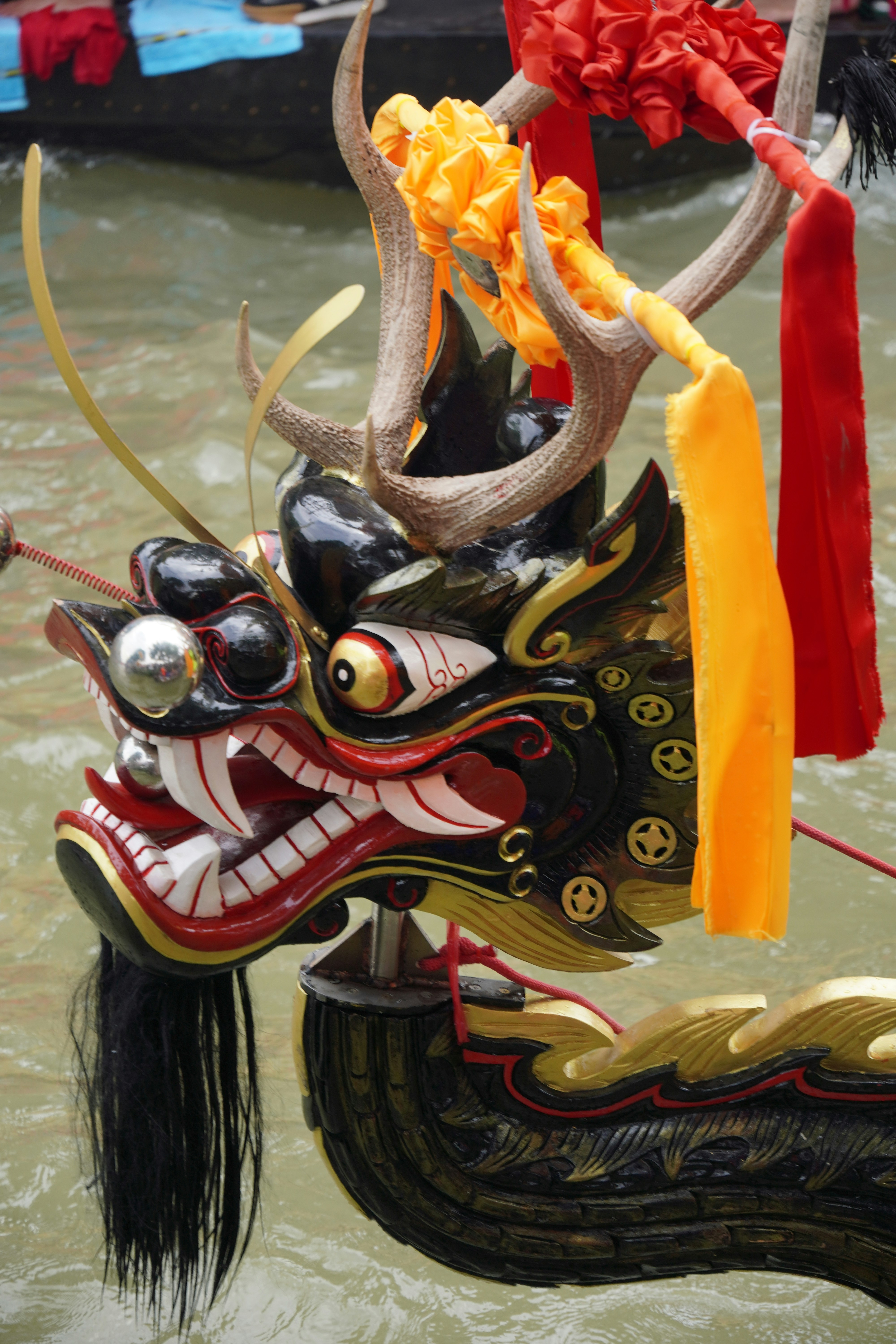.svg)
What Are Free Akiya: Exploring Japan's Abandoned Homes Program
.svg)
.svg)
.svg)

Wondering what Obon is like in rural Japan? Discover the rituals, festivals, and peaceful rhythms of Obon—and how Old Houses Japan helps you feel at home in every season.


If you’ve ever visited Japan in mid-August, you may have noticed a quiet hush falling over even the busiest towns. Stores close early. Roads empty. Lanterns flicker to life.
Welcome to Obon (お盆)—a sacred, deeply rooted Japanese tradition that comes alive most vividly in the countryside.
While cities might mark Obon with family dinners or day trips, rural Japan experiences it as a powerful mix of reunion, ritual, and remembrance. If you own a home in a small town—or are considering one—here’s what to expect when Obon season arrives.

Obon is a Buddhist-Confucian festival held in mid-August (around the 13th–16th in most regions). It honors the spirits of ancestors, who are believed to return to the earthly world for a brief visit.
In rural towns, it’s more than just tradition—it’s a homecoming, a community-wide event that blends spiritual observance with local flavor.
1. The Town Slows Down
Expect:
It’s a time of pause and presence, especially for elders who tend to family graves and welcome visitors.
2. Families Visit Ancestors’ Graves
Most rural residents will:
If you live near a cemetery, you'll see lanterns glowing each night.
💡 Tip: As a foreign resident, you’re not expected to participate—but being respectful and observing the mood is appreciated. Some communities even invite newcomers to join.
3. Lanterns and Bon Odori Festivals Begin
Obon wouldn’t be complete without:
In small towns, these events often happen in the schoolyard, temple grounds, or public plaza, and are organized by local volunteers.
✅ Even akiya owners or part-time residents are often welcome to join in—especially if you’ve been introduced to the community.
4. Homes Prepare Altars for Returning Spirits
In many households, you’ll find:
Some families fold paper lotuses, burn incense daily, and recite prayers passed down for generations.
💡 Don’t be surprised if neighbors gift you mochi, peaches, or corn—seasonal generosity is common during Obon.
Owning a home in a town that celebrates Obon this way means you’re not just living in Japan—you’re living with Japan.
We assist akiya buyers by:
Obon isn’t loud or flashy. It’s quiet, reverent, and rooted. It’s a time when time itself seems to slow, when the border between the living and the dead grows thin—and when rural Japan reveals its deepest heart.
If you’ve ever wanted to feel part of something older than memory, living in a rural town during Obon is your chance.
Let Old Houses Japan help you find a home where the lanterns still glow—and the ancestors still return.
Start your journey with Luxey today! Sign up for free and get instant access to the best property listings.



